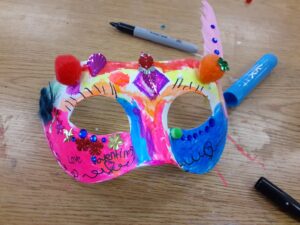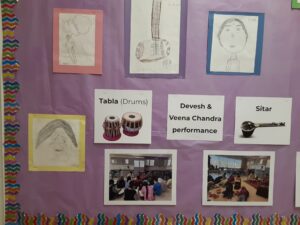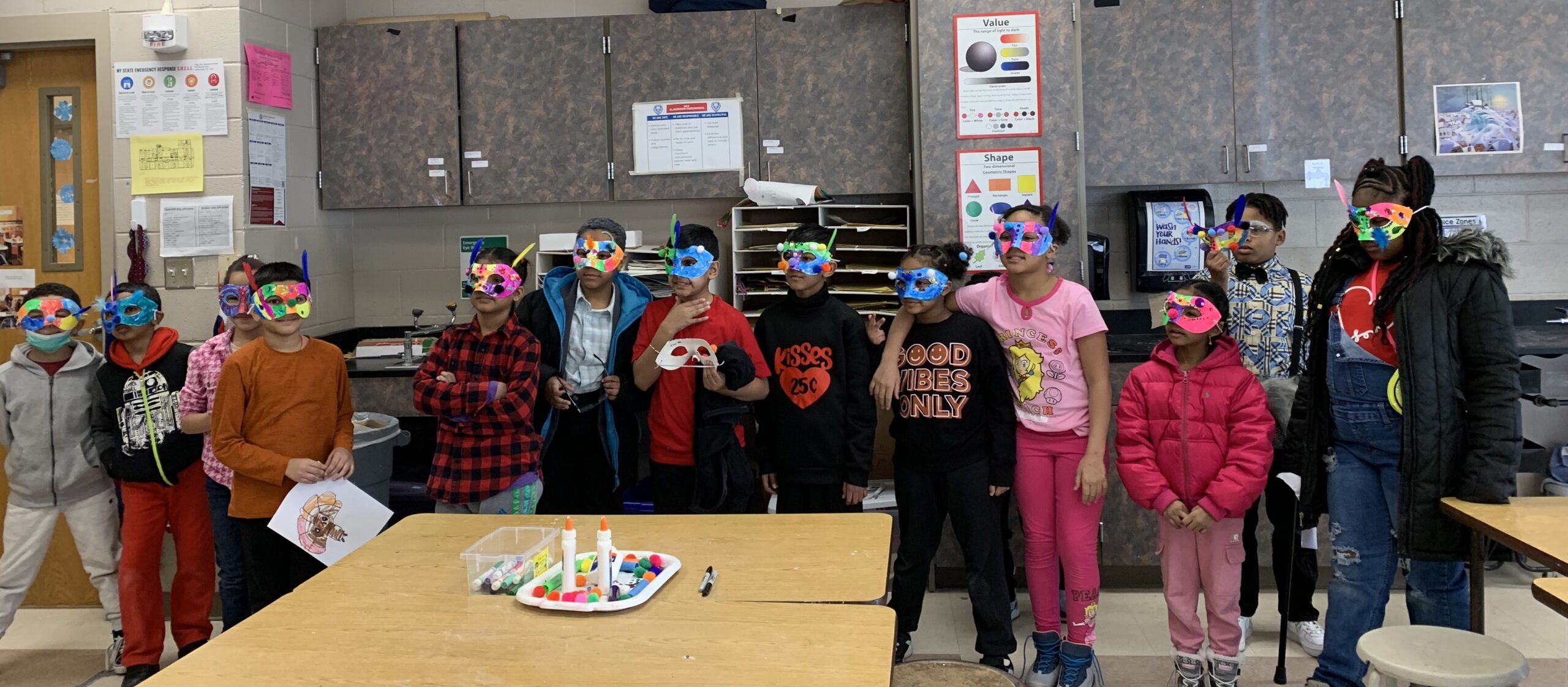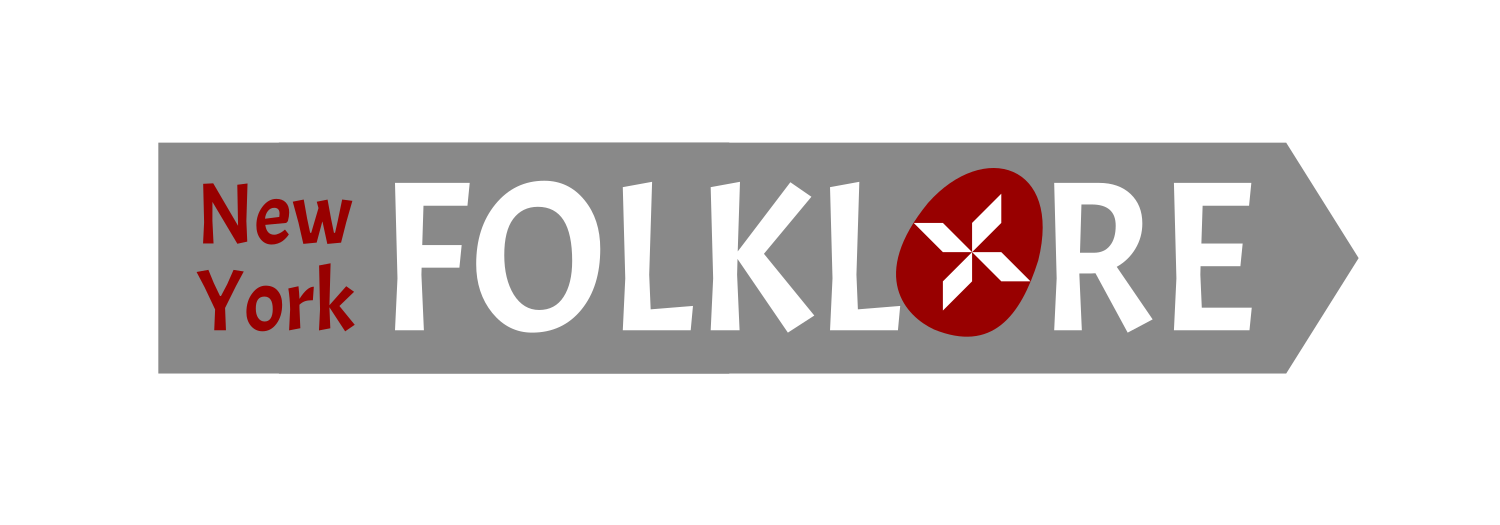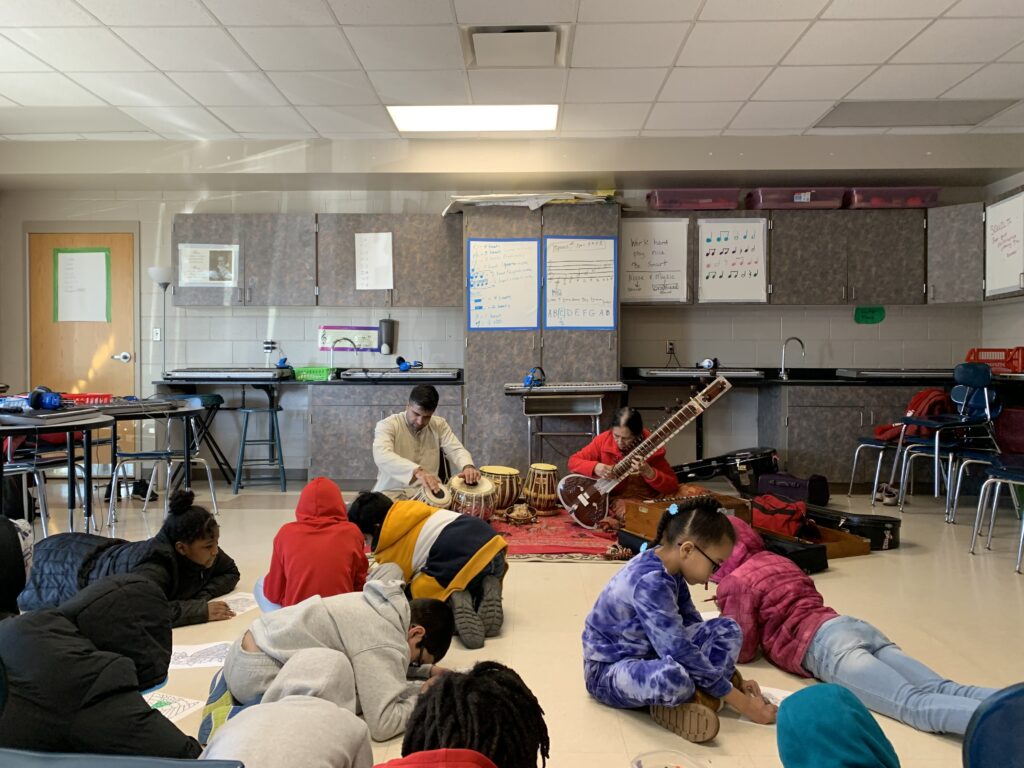 On any week in the 2023-2024 academic year, one can encounter a New York Folklore-sponsored folk arts program within any of the nineteen schools which make up the Schenectady School District. Through grants from the Our Town program of the National Endowment for the Arts, and with support from the Schenectady School District, New York Folklore has been sponsoring a series of artists performances and presentations that link Indian classical music traditions with Indian culture in diaspora, through engagement with Schenectady’s Guyanese communities. Through the 2023-2024 school-based program, all children in the Schenectady School District are able to attend an assembly program that introduces North Indian classical music, through performances by Veena Chandra on sitar and Devesh Chandra on tabla. Veena Chandra and Devesh Chandra are renowned Indian Classical musicians who perform widely throughout the United States and who are active as teaching artists and educators, both through teaching their respective instruments and through their positions as artists-in-residence at Skidmore College (Veena Chandra) and Williams College (Devesh Chandra).
On any week in the 2023-2024 academic year, one can encounter a New York Folklore-sponsored folk arts program within any of the nineteen schools which make up the Schenectady School District. Through grants from the Our Town program of the National Endowment for the Arts, and with support from the Schenectady School District, New York Folklore has been sponsoring a series of artists performances and presentations that link Indian classical music traditions with Indian culture in diaspora, through engagement with Schenectady’s Guyanese communities. Through the 2023-2024 school-based program, all children in the Schenectady School District are able to attend an assembly program that introduces North Indian classical music, through performances by Veena Chandra on sitar and Devesh Chandra on tabla. Veena Chandra and Devesh Chandra are renowned Indian Classical musicians who perform widely throughout the United States and who are active as teaching artists and educators, both through teaching their respective instruments and through their positions as artists-in-residence at Skidmore College (Veena Chandra) and Williams College (Devesh Chandra).
Following a large group assembly program and concert, students at each Schenectady school building are provided opportunities to interact more intimately with the performers. Depending upon the school and the ages of the children, this more face-to-face interaction is designed by the school’s faculty to be implemented within classroom or other small-group settings. In many cases, it is the art and music teachers, or band and orchestra teachers, who provide opportunities for additional exposure, whether it is through a mini-presentation on the structure of Indian classical music, participatory music-making with orchestra students, or drawing to the accompaniment of sitar and tabla. The students’ exposure to North Indian Classical traditions is supported by a place-making grant from the Our Town Program of the National Endowment for the Arts, and is a recognition of the importance of Indian heritage for Schenectady’s residents, as 48% of the Schenectady School district population is of Guyanese descent. As one elementary school art teacher exclaimed, “They were wonderful and the kids were excited. I had one student Raj, singing along with Veena and Devesh because he knew the raga from church. It was exciting to see the kids understand they were represented.”
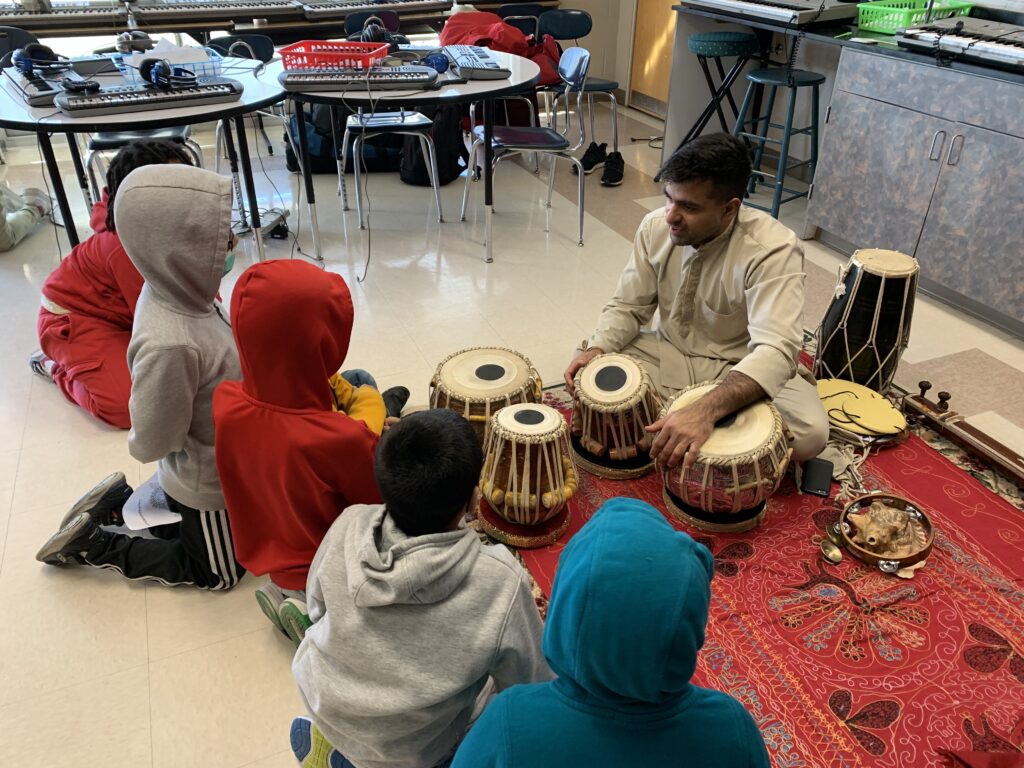
With supplemental support from the Schenectady School District, New York Folklore is providing additional programming through adding the participation of artists from the Guyanese community of Schenectady. Based upon ongoing fieldwork by Anne Rappaport-Berliner, artists have been identified who represent traditional arts and culture that are tied to the Caribbean nation of Guyana. Cultural traditions reflect the bonded labor and forced resettlement of laborers from India to the Caribbean to work on the sugar plantations, and the introduction of Indian culture into the South American environment. In that setting, a creole culture developed that drew upon Indian,native Arawak, English, and African influences. It is the creolized nature of Guyanese culture that provides opportunities to discuss both connections and divergences from Indian classical traditions.
The Guyanese community of Schenectady had its origins in about 2001, as the then-mayor of Schenectady, Albert Jurczynski, began to recruit potential homeowners from the Guyanese communities living in Queens, New York. By 2020, the Guyanese population numbered at 10% of the entire City of Schenectady’s population, with that percentage growing by both births and by new migrants arriving directly from Guyana. Today, roughly 48% of the school-age population of Schenectady traces some aspect of their heritage to Guyana. Guyanese cultural traditions extant in Schenectady that can be presented include music and dance forms, such as Chutney Soca music and dance; foodways; games and sport; and craft traditions. Students attending the program have demonstrated the importance of this program for making cultural connections between themselves, their classmates, and their wider community.
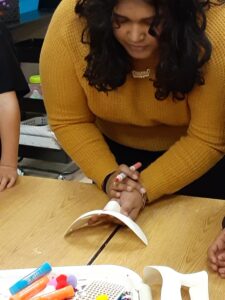
Divena Ramessar demonstrating the making of a masramani mask, made for the Guyanese independence day celebration.
